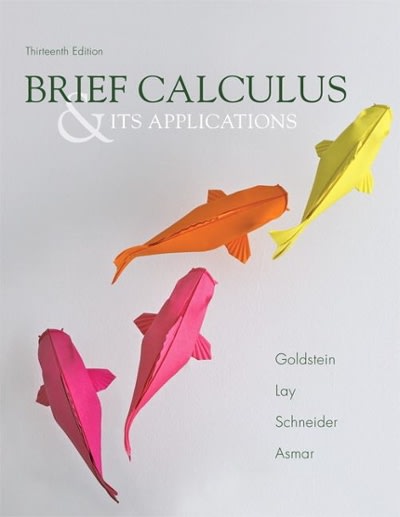Question
Flow 1 2 3 4 5 6 125 2.7 4.6 2.6 3 3.2 3.8 160 4.9 4.6 5 4.2 3.6 4.2 200 4.6 3.4 2.9
| Flow | 1 | 2 | 3 | 4 | 5 | 6 |
| 125 | 2.7 | 4.6 | 2.6 | 3 | 3.2 | 3.8 |
| 160 | 4.9 | 4.6 | 5 | 4.2 | 3.6 | 4.2 |
| 200 | 4.6 | 3.4 | 2.9 | 3.5 | 4.1 | 5.1 |
1. What is the p-value?
2. If you use = 0.01, is this analysis significant?
a. There is no statistically significant difference between any of the means at = 0.01
b. There is a statistically significant difference between at least 2 means at = 0.01
c. There is a statistically significant difference between all the means at = 0.01
d. There is no statistically significant difference between all the means at = 0.10
3. Perform a residual analysis on the data from 13-4. Does the residuals indicate any problems with the underlying assumptions?
a. The residuals are not used for this type of assumption
b. The residuals are not able to be calculated
c. The residuals are not acceptable
d. The residuals are acceptable
4. Why are post-hoc tests needed with ANOVA?
a. Post hoc tests tell you if the ANOVA is significant
b. Post hoc tests tell you whether your data is organized the right way
c. An ANOVA tells you whether at least one set of means is significantly different, but it doesn't tell you which means are different, so you do a post-hoc test to determine which means are different
d. An ANOVA tells you whether all the means are significantly different, but it doesn't tell you the significance, so the post-hoc test tells you whether the entire analysis is significant
5. When you perform an Analysis of Variance, what distribution are you using for the test statistic?
a. t
b. F
c. Chi squared
d. Normal
Step by Step Solution
There are 3 Steps involved in it
Step: 1

Get Instant Access to Expert-Tailored Solutions
See step-by-step solutions with expert insights and AI powered tools for academic success
Step: 2

Step: 3

Ace Your Homework with AI
Get the answers you need in no time with our AI-driven, step-by-step assistance
Get Started


